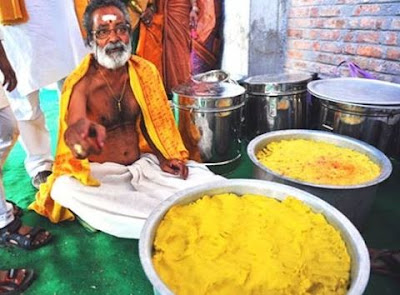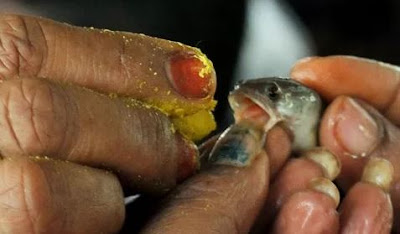Abid Surti's amazing work to save water leak in Mumbai:
Raja Ram Tiwari or "Lost and Found Tiwari":
- This author and cartoonist, in his late 70s, visits nearly 2000 homes a year, repairs taps free of cost and saves nearly 500,000 liters of water.
- A true environmentalist on the ground.Surti is the founder of Drop Dead, a unique initiative he set up in 2007 for water conservation. Surti and his assistants raise awareness through posters and pamphlets.
- Before fixing a tap, they obtain permissions from the housing society concerned. And Surti pays for all expenses from his pocket. He buys gaskets from the wholesale market for Rs 50 each and pays each plumber Rs 200 per day.
- In 2007, when he was awarded the Hindi Sahitya Sanstha Award by the Uttar Pradesh government, he even used up the cash prize to fix leaky taps.
- Every year his team visits around 1,700 houses and repairs about 500 leaking taps, in the process saving about 500,000 litre of water. His tireless efforts have brought him many accolades. And now, his local Mira-Bhayandar municipal corporation will chip in too. Surti has asked the corporation to set up an office and offer a bicycle so plumbers can be available on call.
Raja Ram Tiwari or "Lost and Found Tiwari":
- Mr. Raja Ram Tiwari, 86, who has helped 10,00,000 adults and 20,000 children, reunite with families at Kumbh Melas.
- He set up his first Khoya Paya Shivir (Lost and Found) camp in 1946 and has covered five Maha Kumbh festivals (which fall once in 12 years), six half-Kumbh and 56 Magh melas that are held every January.
- As the huge throngs come for a holy dip at the confluence of three of Hinduism's holiest rivers - the Ganges, the Yamuna and the mythical Saraswati - thousands get separated from their family. Mr Tiwari's job is to unite them with their families.
"I first came here in 1945 with my friends to have a look around. There was no facility then, and few visitors. Since then I have covered 11 Kumbh Melas and 51 annual fairs," Mr Tiwari says.
When he set up his first camp during the fair in 1946, 870 people were separated from their families. During the last festival in 2001, the number had risen to 122,766 people.
- Better known as "Bhule Bhatke Tiwari" or "Lost and found Tiwari", he has so far helped more than 633,000 lost people find their families again.
source: The man who reunites families









































